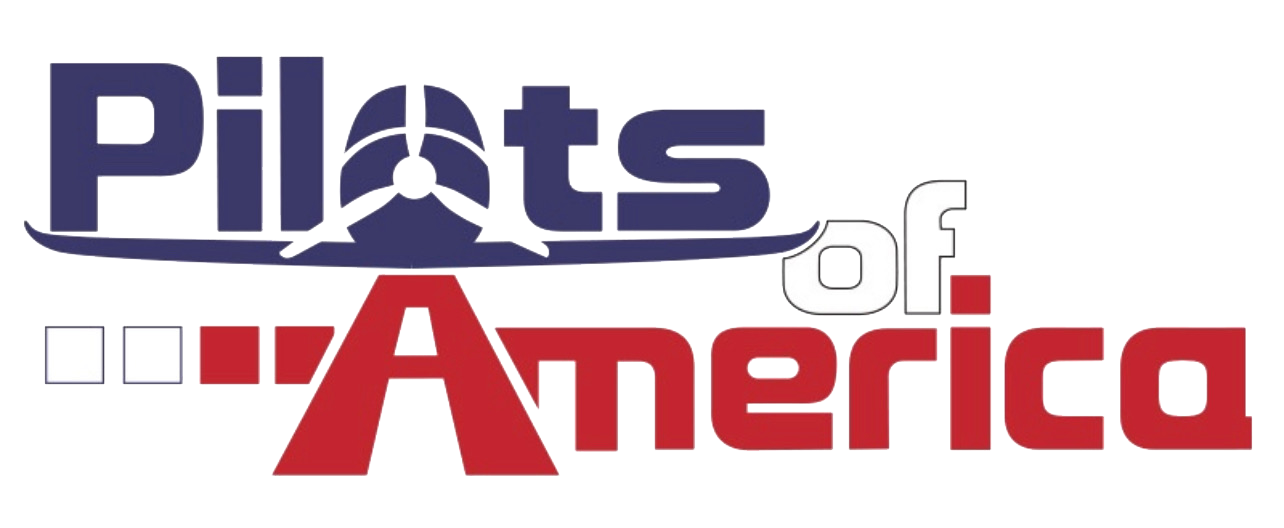- Joined
- Jul 17, 2019
- Messages
- 2,197
- Location
- Chicago suburbs
- Display Name
Display name:
The Little Arrow That Could
I've been diligent about checking tire pressure ever since a nose-wheel tube went flat in September and stranded me overnight off home base.
In doing this I've noticed my brand new nose tire loses pressure faster than my mains.
While I might only lose 2psi in my mains between checks (LH/RH seem to always match), it's common I'll lose 8psi in my nose gear over the same time. The nose has a brand new tube installed in September, mains are same make but 1 year old.
Only idea was wondering if it was measurement error on my behalf... The smaller volume of the nose tire being more impacted by that couple seconds of HISSSSSS where it bleeds air out while I'm connecting/disconnecting the inflater each time. But that's just a WAG.
Any thoughts from the crowd?
In doing this I've noticed my brand new nose tire loses pressure faster than my mains.
While I might only lose 2psi in my mains between checks (LH/RH seem to always match), it's common I'll lose 8psi in my nose gear over the same time. The nose has a brand new tube installed in September, mains are same make but 1 year old.
Only idea was wondering if it was measurement error on my behalf... The smaller volume of the nose tire being more impacted by that couple seconds of HISSSSSS where it bleeds air out while I'm connecting/disconnecting the inflater each time. But that's just a WAG.
Any thoughts from the crowd?



